What Eats Sunflower Leaves: Pests That Eat Sunflower Leaves and How to Manage Them
Many pests eat sunflower leaves, including cutworms, sunflower moths, grasshoppers, and beetles. They are likely to be affected by cutworms, as they eat the plant’s leaves at night. Sunflower moths are another pest that eats sunflower leaves. They lay eggs in the flowers, and larvae move into the flower heads to feed, eventually destroying the plants.
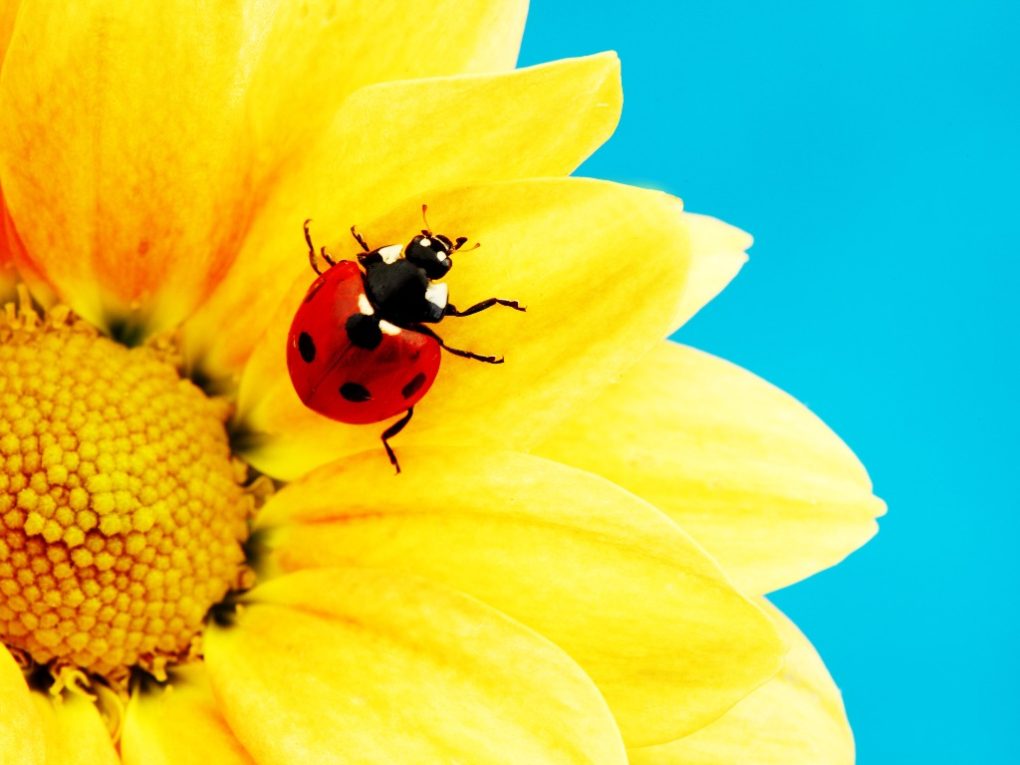
To prevent or reduce damage from these pests, monitoring sunflower plants regularly and taking appropriate measures, such as using organic insecticides or physical barriers to deter animals, is important. For instance, moths can be prevented by keeping the area free of weeds and debris and treating it before sunflower pests become well-established.
Table of Contents
Pests That Eat Sunflower Leaves and How to Manage Them
Cutworms
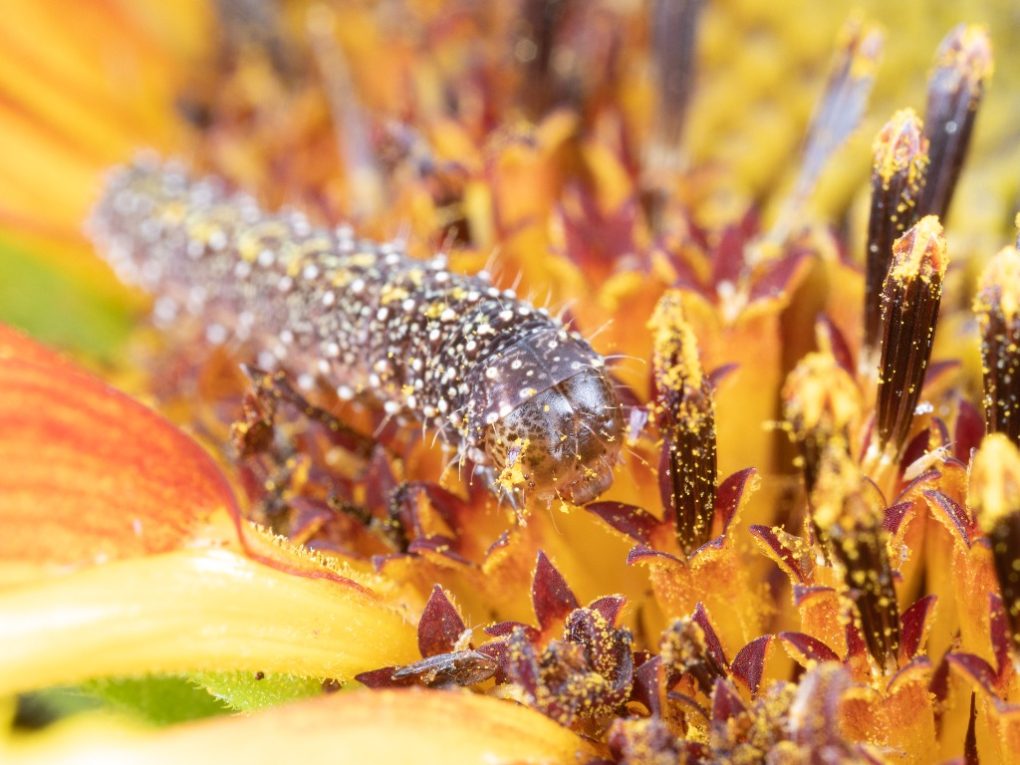
Cutworms are larvae of the moth family. They are known to feed on sunflower leaves at night. Cutworms can be found in the soil near the base of the plant and can be identified by gently digging in the soil. While cutworms may cause damage to sunflower plants, sunflower moths may also lay eggs in flower heads and feed on the foliage. These eggs can quickly destroy a plant if present in large numbers.
To prevent or reduce cutworm damage, monitor sunflower plants regularly and take appropriate measures as needed, such as using physical barriers like collars made of cardboard or plastic around the base of the plants or using insecticides specifically designed to target cutworms. Other preventive measures include avoiding planting sunflowers near weedy areas and rotating crops to avoid cutworm infestations.
Beetles
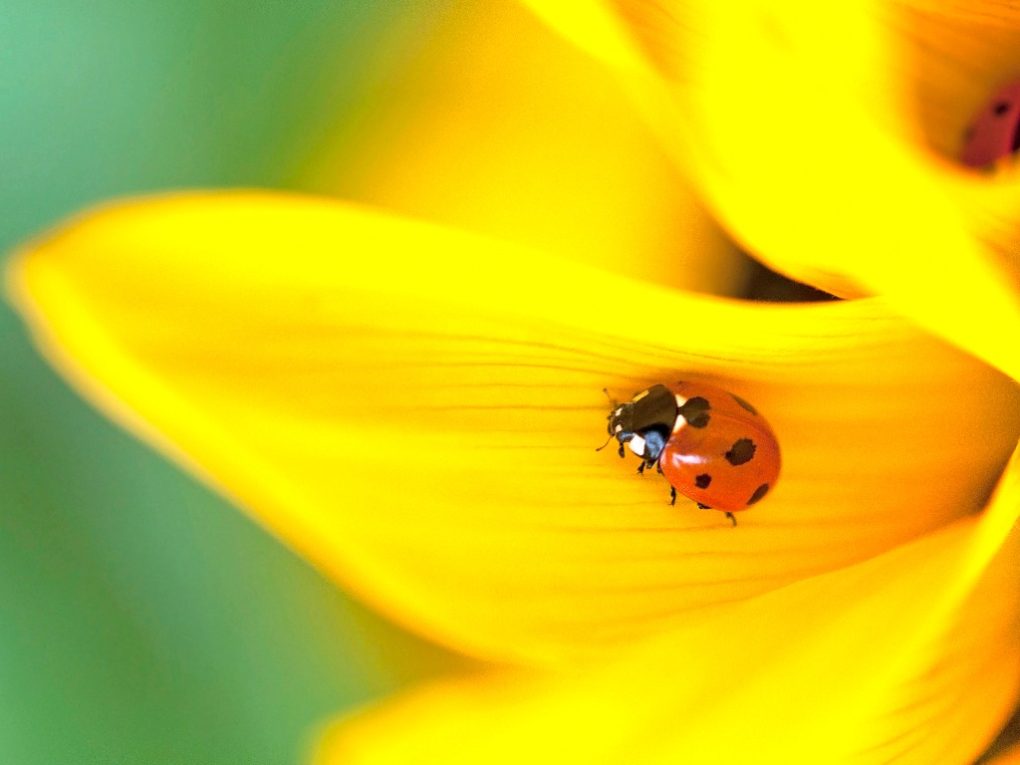
Beetles are a common pest of sunflower plants that can cause wilting, irregular holes in the plant leaves, and stunted growth. The larvae of beetles feed on the plant roots, while the adults create holes in the leaves.
Beetles feed on sunflower leaves as a source of food. They can cause significant damage to the leaves, reducing the plant’s overall health and lowering its yield. Some species of beetles lay their eggs on sunflower leaves. The larvae then feed on the leaves as they develop, which can cause significant damage to the plant.
There are several insecticidal soaps and neem oil-based products available to control beetles. Other preventive measures include planting sunflowers in areas less susceptible to beetle infestations and removing or destroying any infected plants to prevent the spread of pests.
Grasshoppers
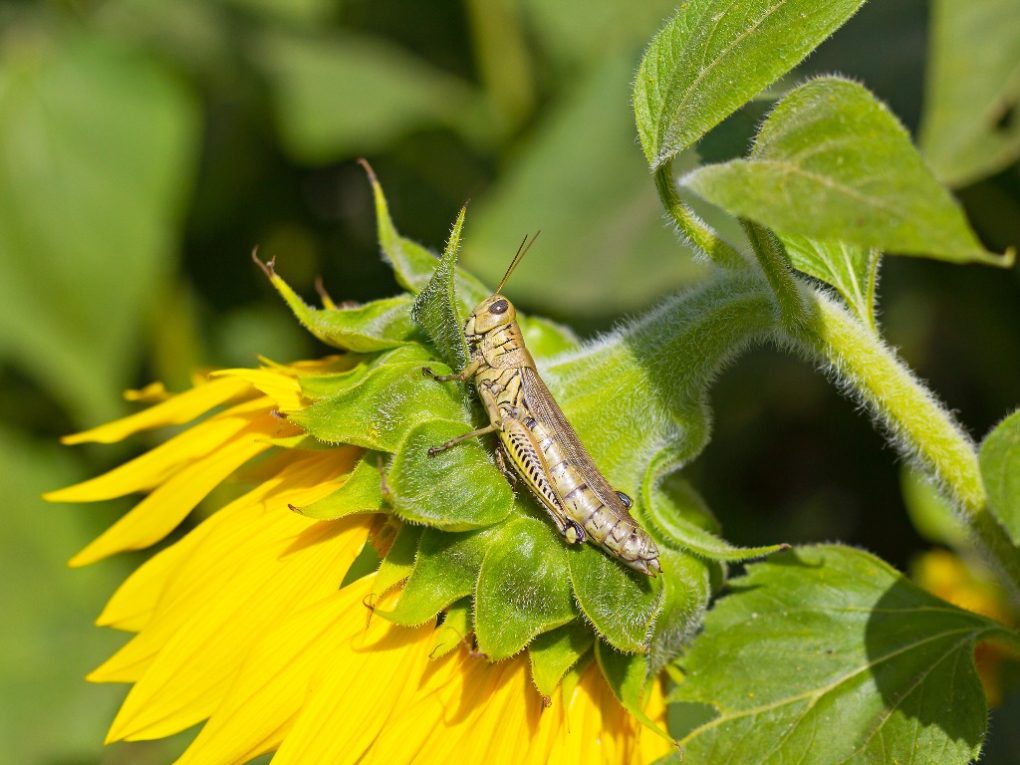
Grasshoppers may feed on the sunflower plant’s leaves, stems, and even flowers. They are attracted to sunflowers for their high nutritional value and may be more likely to feed on the plants in areas with limited other food sources. They can also be more prevalent during periods of drought, as they may be searching for moisture in the plant tissues.
Grasshoppers can be eliminated by removing weeds, applying garlic spray, raising chickens, or dusting sunflower leaves with flour. An insecticide containing phytomelanin may be used to manage grasshopper populations. This insecticide effectively targets grasshoppers and other insect pests without harming the plant.
The insecticide should be applied according to the label instructions and minimize the risk of harm to plants and animals outside the targeted area. In addition, introducing grasshopper predators such as praying mantis or toads can help reduce grasshopper populations in gardens and fields.
Moths
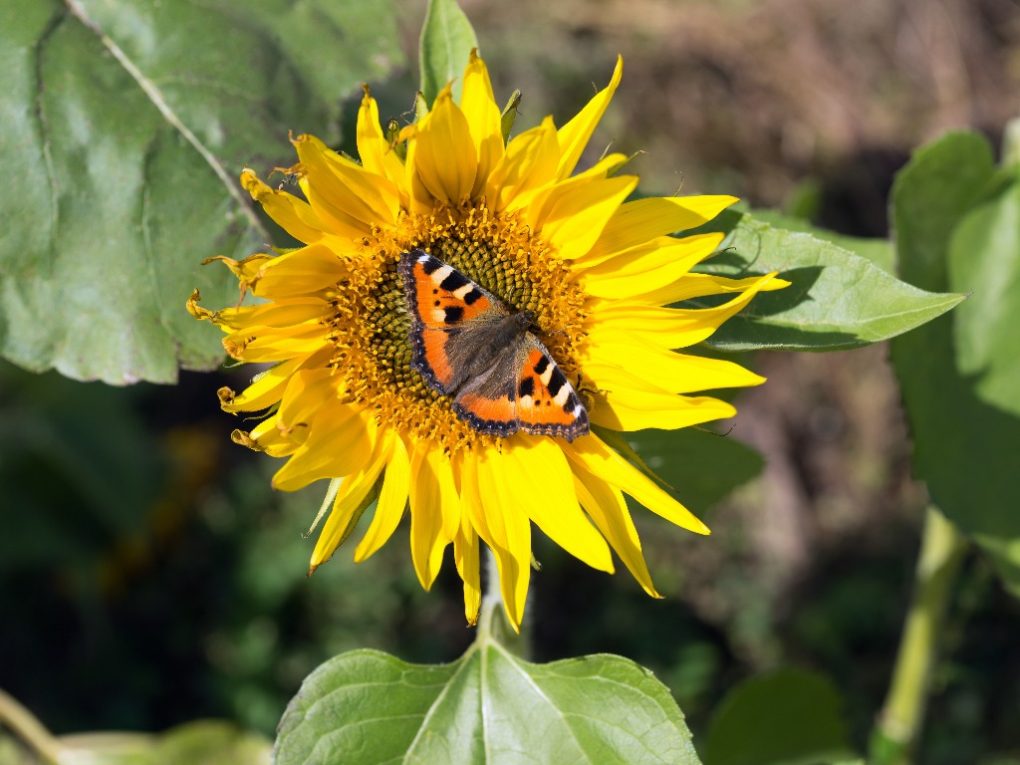
Moths are commonly found around sunflowers, and some species of moths may feed on sunflower leaves, flowers, and seeds. Some of the most common moth pests in sunflowers include:
- Banded sunflower moth (Cochylis hospes): The banded sunflower moth lays its eggs on sunflower leaves, and the larvae then feed on the developing flower heads. This can cause significant damage to the plant and reduce the yield of mature seeds.
- Sunflower moth (Homoeosoma electellum): The sunflower moth is a common pest in sunflower fields, and the larvae feed on developing seeds within the sunflower head. This can cause significant damage to the seeds and reduce the overall yield of the plant.
- Painted lady butterfly (Vanessa cardui): The painted lady butterfly is known to lay its eggs on sunflower leaves, and the larvae then feed on the leaves and flowers. While they may cause some damage to the plant, they are not considered significant pests in most cases.
To protect your sunflower crop from moth damage, keep your plant free of moths by spraying insecticide regularly, cleaning up any garden debris, and using traps to capture the pests.
Leafcutter Bees
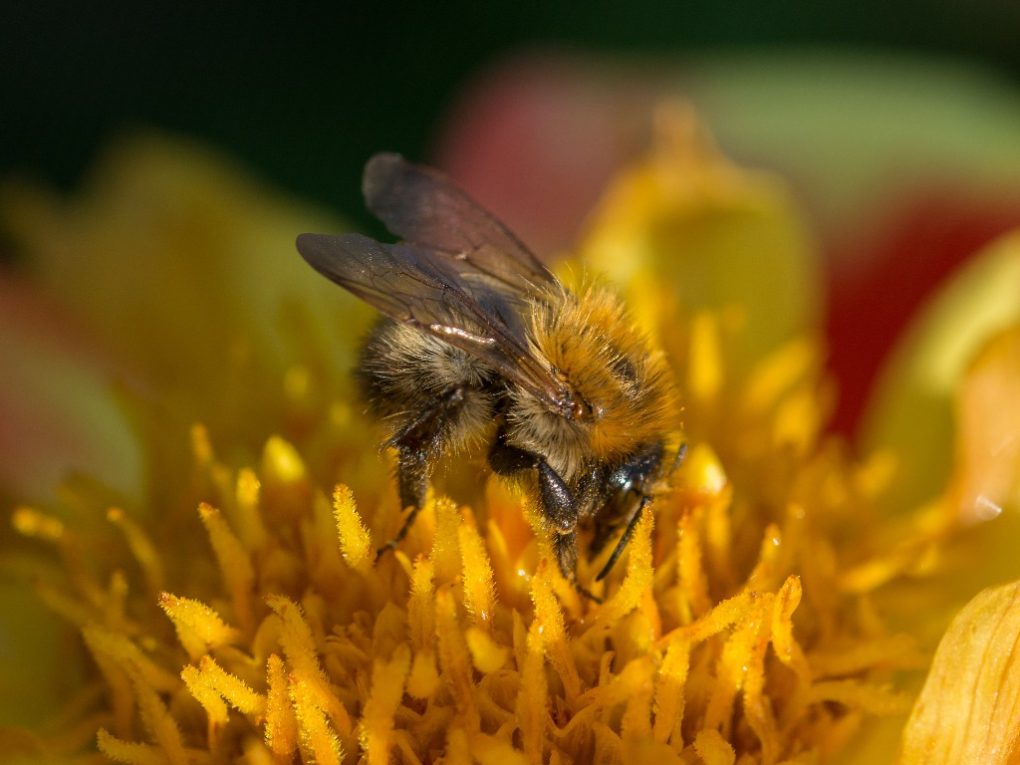
While leafcutter bees are not generally considered pests of sunflowers, they may occasionally bite small, circular holes in sunflower leaves when constructing their nests. These bees are known for their ability to cut leaf edges with their powerful beaks, allowing them to feed on the inside of the leaf without damaging the plant itself. The holes they make are not significantly damaged the plant’s overall health or yield.
However, suppose you are seeing extensive damage to your sunflower leaves. In that case, it is more likely that another insect or pest is responsible, such as aphids, caterpillars, thrips, and mites, among others. These pests can cause significant damage to sunflower leaves, leading to stunted growth, reduced yields, and in severe cases, the death of the plant.
If you suspect that pests are causing damage to your sunflower plants, it is important to identify the specific pest and take appropriate measures to control its population. This may involve using insecticides, physical barriers, or other pest control methods. However, it is important to use caution when using insecticides, as they can also harm beneficial insects like leafcutter bees and other pollinators.
Snails and Slugs
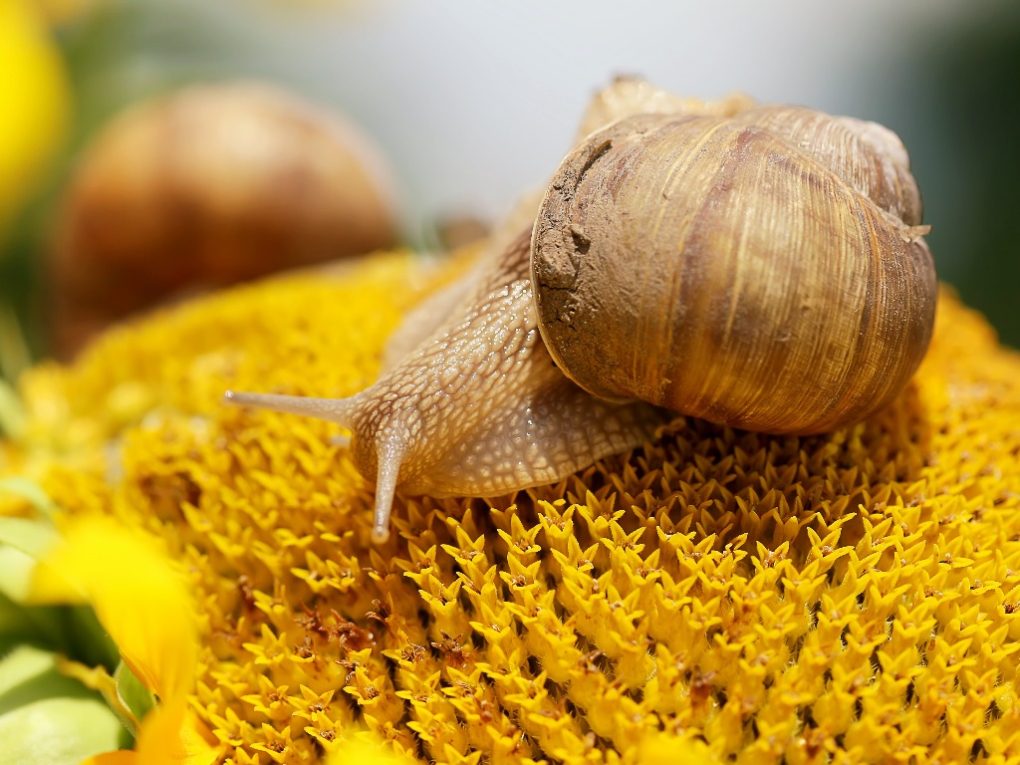
Snails and slugs eat sunflower leaves, especially in damp conditions. They are often attracted to the leaf moisture. They can cause significant damage to the plant, particularly if present in large numbers, by consuming considerable amounts of nutrients and giving off negative influences such as slime and pollution. In addition, they can also harm the plant by spreading diseases.
To prevent or control snail and slug infestations in your sunflower garden, keeping the area around the plants clean and free of debris is important, as these pests often hide in moist, dark places. You can also use physical barriers, such as copper strips or diatomaceous earth, to deter snails and slugs from climbing up the sunflower stems and leaves.
Another effective control method is to use bait, such as traps or commercially available slug and snail bait, which can be placed around the base of the sunflower plants to attract and kill the pests. However, using these baits with caution is important, as they can also be harmful to other animals, including beneficial insects like bees and other pollinators.
